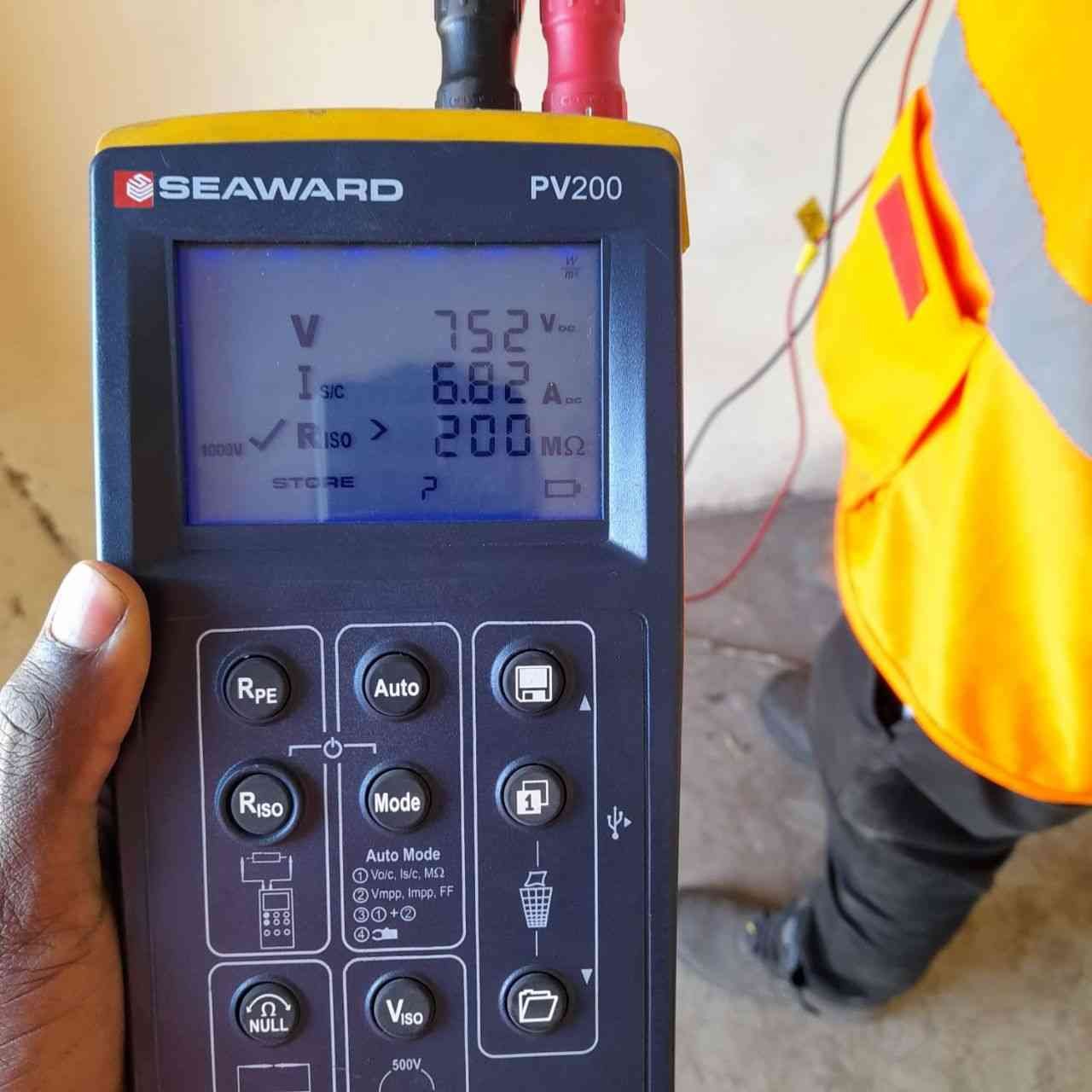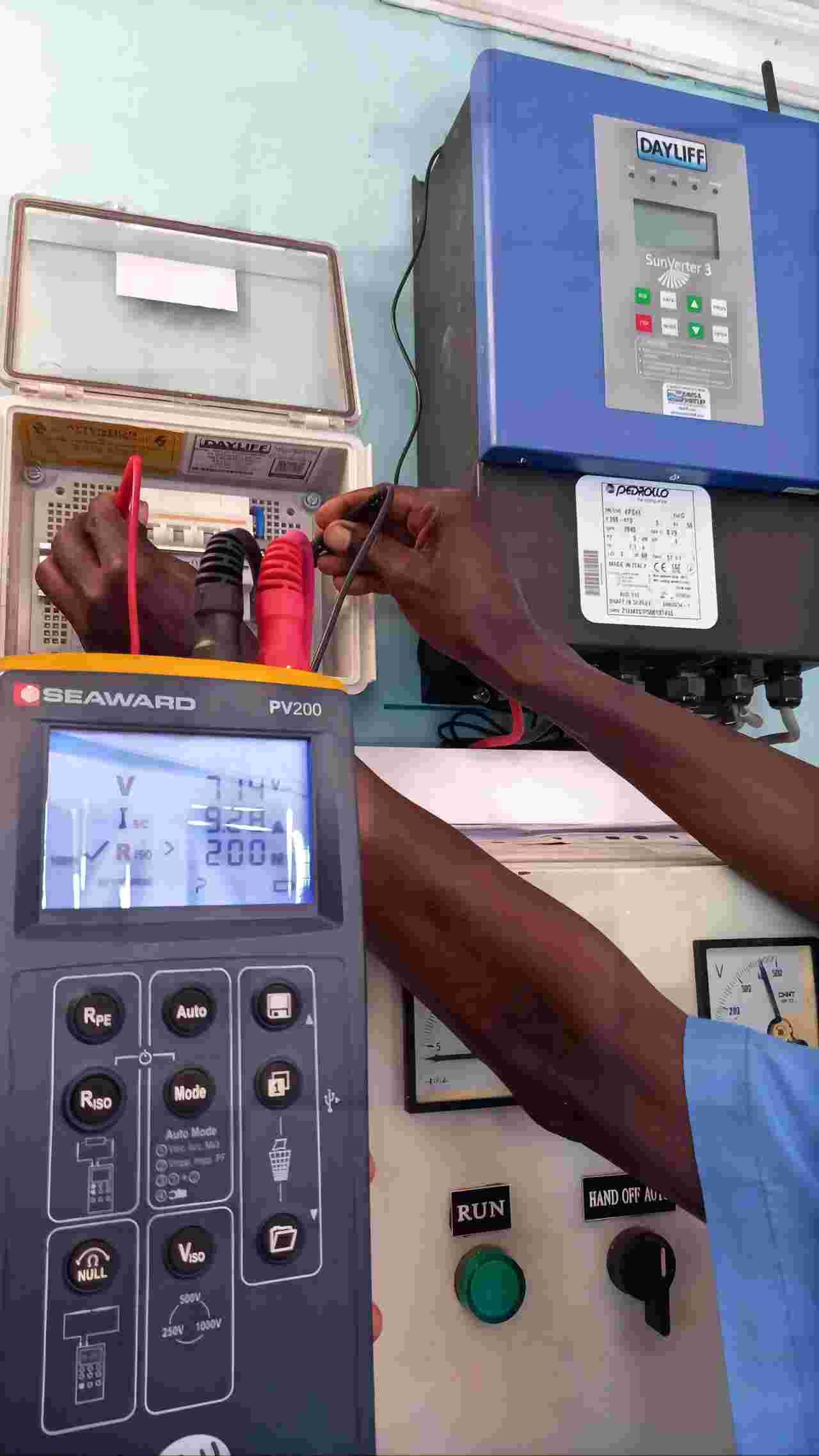What is efficiency sun hour?
Now, you may recall the loads list we did. In our previous video. We came up with a total usage of 21, 91 . 5 watt hours a day, rounding up to 21, 92. How do you go about doing this?
Insulation also referred to as sun. Hours is not the number of hours a day that the sun is shining. It is the number of hours that the sun's intensity is equal to standard test conditions with the brightest part of the day.
For example, since the sun is twice as bright as noon as it is, at 9:00 am, 9:51 am only counts as half an hour, whereas noon to 1:00, pm would be considered a full hour. Also took the historical weather conditions into account for each area.

So it is a pretty accurate prediction of how much sun you'll get. This is a snapshot of average, annual sun hours for pv mounted at latitude tilt, which is the angle that generally gives your best year round performance.
You can see here in Massachusetts, we have an annual average about 4.5 sun hours a day. However, when you size it off grid system, you must plan on worst case, which, unless it's a seasonal camp would be winter. As you would imagine, the sun hours drop off dramatically. Here in Massachusetts, in the winter, we drop down into the twos, designing my system.
I'm going to look at the sun hours for December. I'm designing my system to be tilted at 42 ° off horizontal. I can look at my numbers for latitude, which is 42 . 27 ° here.
If I had it at a steeper angle, I would increase my winter production, but decrease my summer production. Conversely, if I had it installed at a lower angle, I would increase my summer and didn't decrease my winter.
Because winter in New England is pretty grim with December going days without ever seeing sunshine, i'll be planning on using a generator when needed.


















